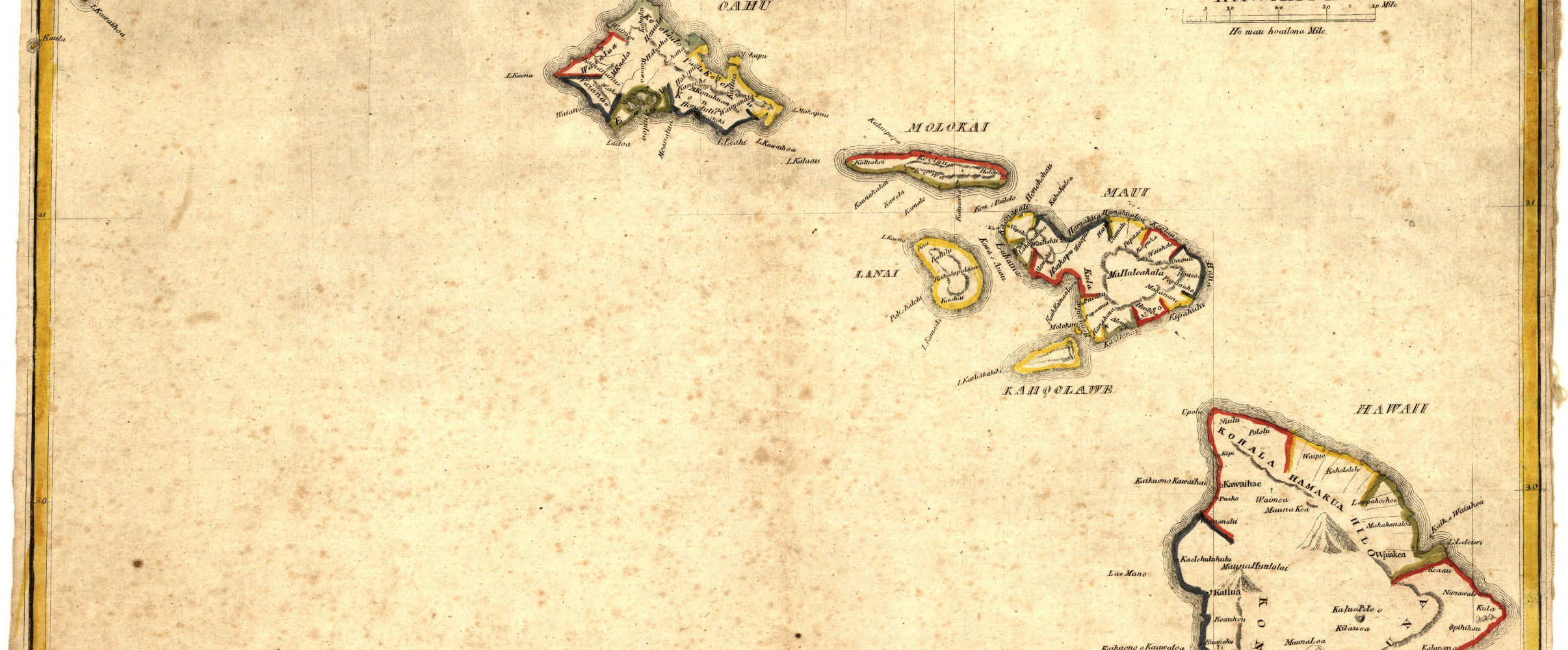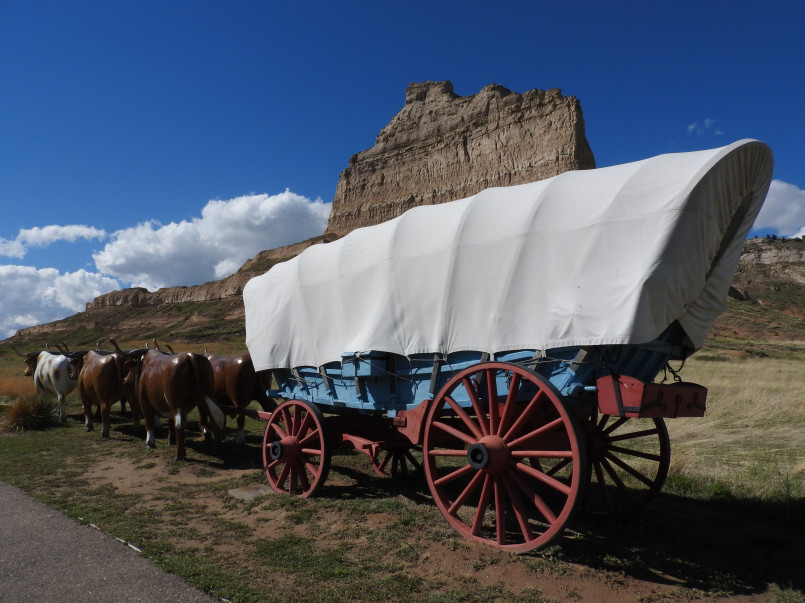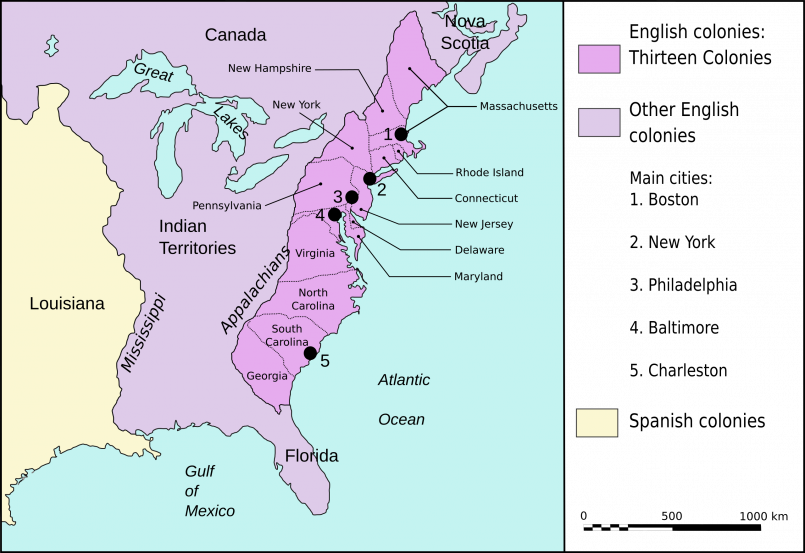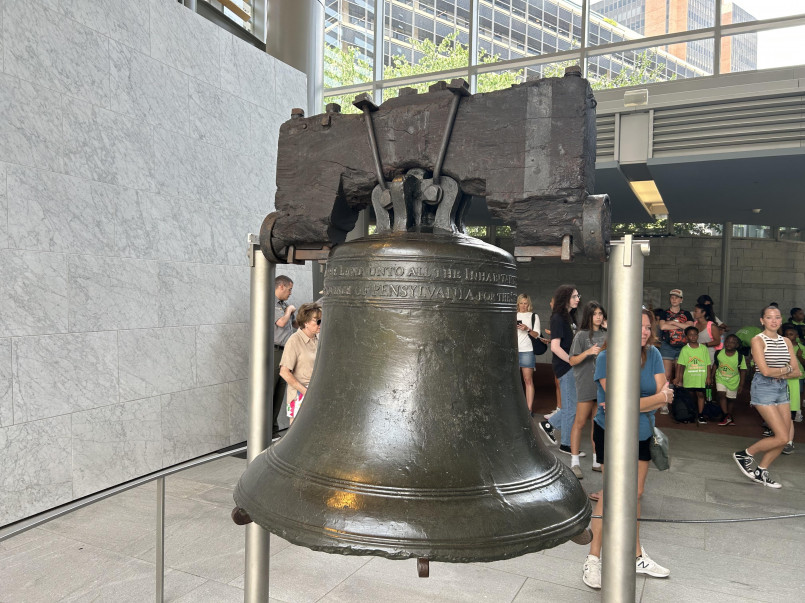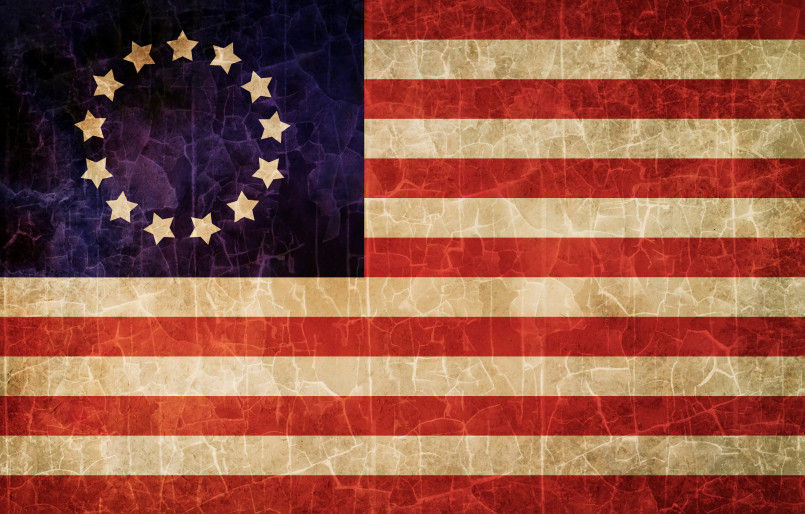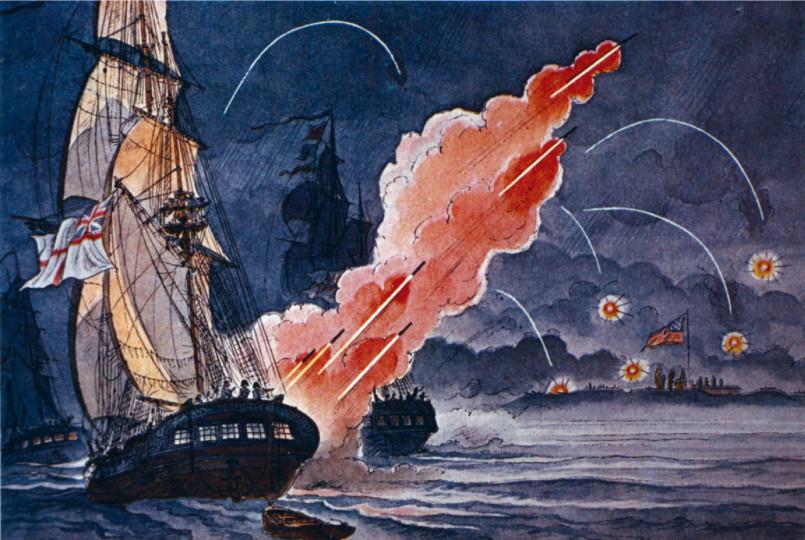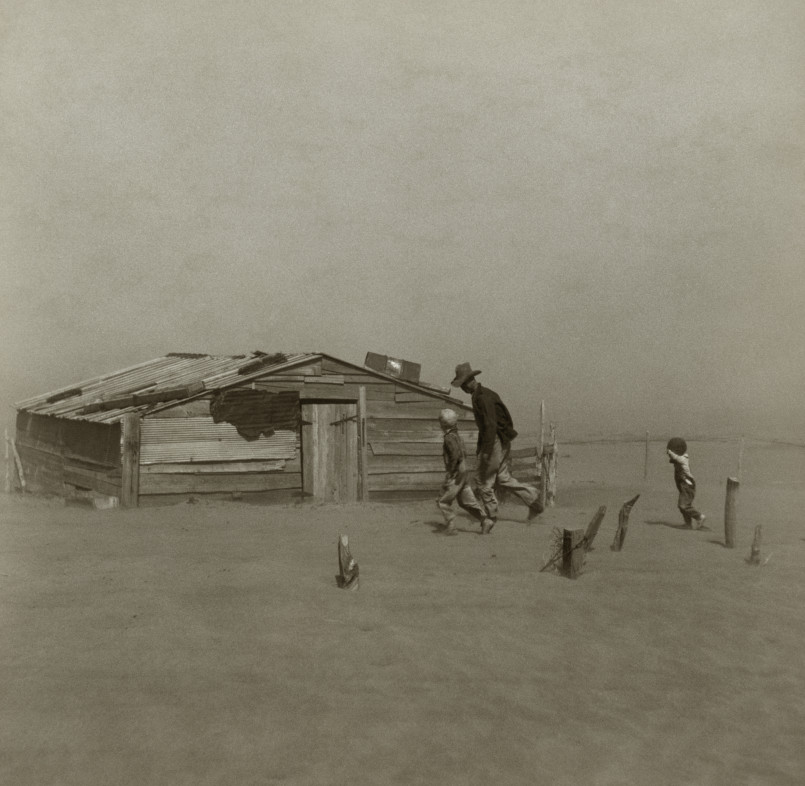Before becoming America's 50th state, Hawaii stood as the only U.S. territory with a history as an internationally recognized independent kingdom, complete with monarchs, royal palaces, and diplomatic relations with global powers.
Among all fifty American states, Hawaii stands uniquely distinct as the only one with a history as a fully recognized independent kingdom. Long before becoming the tropical paradise and vacation destination we know today, Hawaii operated as a sovereign nation ruled by a royal monarchy. This extraordinary historical background gives Hawaii a cultural richness and political history unlike any other part of the United States.
The transition from kingdom to state represents a complex and sometimes controversial chapter in American history, with ramifications that continue to influence Hawaiian identity and politics into the present day. Understanding this royal legacy provides crucial context for appreciating the distinctive place Hawaii holds in the American union.
The Establishment of the Hawaiian Kingdom
The Hawaiian Kingdom began with King Kamehameha I, also known as Kamehameha the Great, who united the Hawaiian Islands under single rule between 1795 and 1810. Prior to this unification, the islands existed as separate chiefdoms with frequent warfare between them.
Kamehameha's military and political genius allowed him to consolidate power across the archipelago, creating a unified kingdom that would last for nearly a century. He established a government that blended traditional Hawaiian authority structures with concepts borrowed from European models, setting the foundation for a modern state.
The kingdom established its first capital at Lahaina on Maui, before later moving to Honolulu on Oahu, which remains Hawaii's capital city today. Under Kamehameha's leadership, the kingdom developed formal laws, taxation systems, and governmental structures.
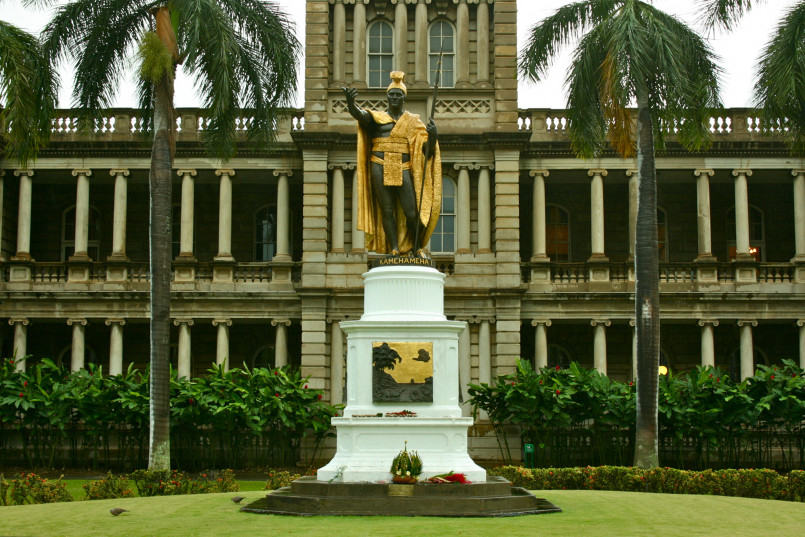
The Royal Monarchy and Its Lineage
The Hawaiian monarchy spanned eight rulers across two major dynasties:
The Kamehameha Dynasty (1810-1872) included:
- Kamehameha I (1810-1819): The founder and unifier
- Kamehameha II (1819-1824): Abolished the traditional kapu (taboo) system
- Kamehameha III (1825-1854): Created Hawaii's first constitution
- Kamehameha IV (1854-1863): Focused on healthcare and education
- Kamehameha V (1863-1872): The last of the Kamehameha line
The Kalākaua Dynasty (1874-1893) included:
- King Lunalilo (1873-1874): Elected by the legislature but ruled briefly
- King Kalākaua (1874-1891): Known as the "Merrie Monarch"
- Queen Lili'uokalani (1891-1893): Hawaii's last monarch
Each monarch contributed to Hawaii's development as a nation, establishing governmental institutions, constitutional frameworks, and international relationships. The royal palace of Iolani in Honolulu, built during Kalākaua's reign, remains the only royal palace on U.S. soil.
International Diplomatic Recognition
The Hawaiian Kingdom wasn't merely self-proclaimed-it gained formal diplomatic recognition from major world powers. By the mid-19th century, the kingdom had established diplomatic relations with the United States, Great Britain, France, Japan, and many other nations.
This international recognition included:
- Exchange of ambassadors and diplomatic missions
- Signing of treaties and trade agreements
- Recognition of Hawaiian sovereignty under international law
- Hawaiian representatives at international conferences and events
The kingdom maintained consulates in major cities worldwide and participated in international exhibitions, presenting Hawaii as a modern, independent nation on the global stage. This diplomatic standing sets Hawaii apart from other U.S. territories that were annexed but had never been recognized sovereign states.
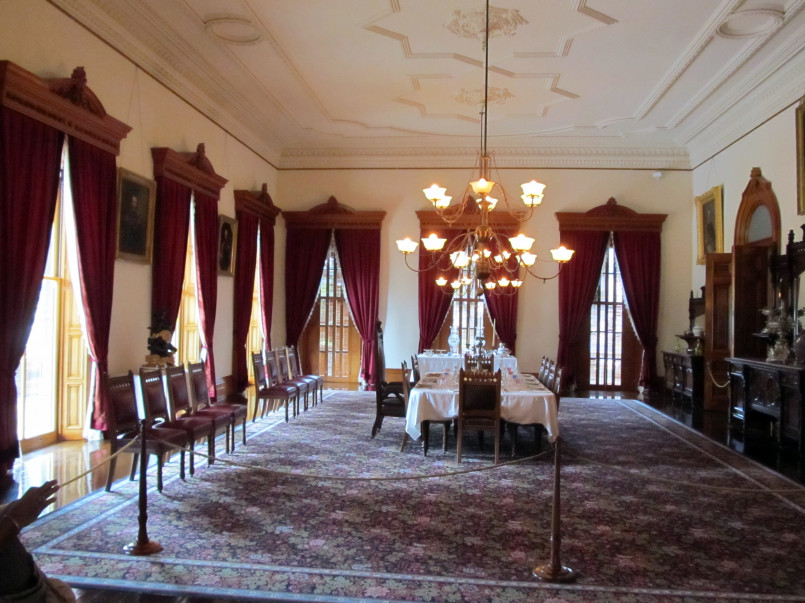
The Fall of the Hawaiian Kingdom
The end of the Hawaiian Kingdom came in 1893 through what many historians now recognize as an illegal overthrow. A group of American businessmen, primarily sugar planters and descendants of missionaries, with support from U.S. Minister John L. Stevens and U.S. Marines, staged a coup against Queen Lili'uokalani.
The key events included:
On January 17, 1893, the queen was forced to yield her authority under protest, stating she was yielding to "the superior force of the United States of America" while believing the U.S. government would eventually restore her to the throne once the facts were known.
A provisional government was established by the conspirators, which quickly sought annexation by the United States. However, President Grover Cleveland ordered an investigation, which concluded the overthrow was illegal. Cleveland then called for the restoration of the queen, but the provisional government refused.
In 1898, during the Spanish-American War and under President William McKinley's administration, the United States annexed Hawaii via the Newlands Resolution, despite significant opposition from Native Hawaiians who submitted the Kū'ē Petitions with over 21,000 signatures (representing a majority of the Native Hawaiian population).
Hawaii's Path to U.S. Statehood
Following annexation, Hawaii became a U.S. territory, governed under the Organic Act of 1900. For nearly sixty years, Hawaii existed in this territorial status, with residents holding U.S. citizenship but lacking full voting representation in Congress.
World War II dramatically changed Hawaii's relationship with the mainland, as the Pearl Harbor attack in 1941 thrust the islands into the national consciousness. The strategic military importance of Hawaii became undeniable, accelerating the push for statehood.
After years of debate and several congressional bills, Hawaii was admitted as the 50th state on August 21, 1959, following a referendum in which Hawaii residents voted overwhelmingly for statehood. The vote was 17-to-1 in favor, though this included all residents, not just Native Hawaiians, many of whom continued to support independence.
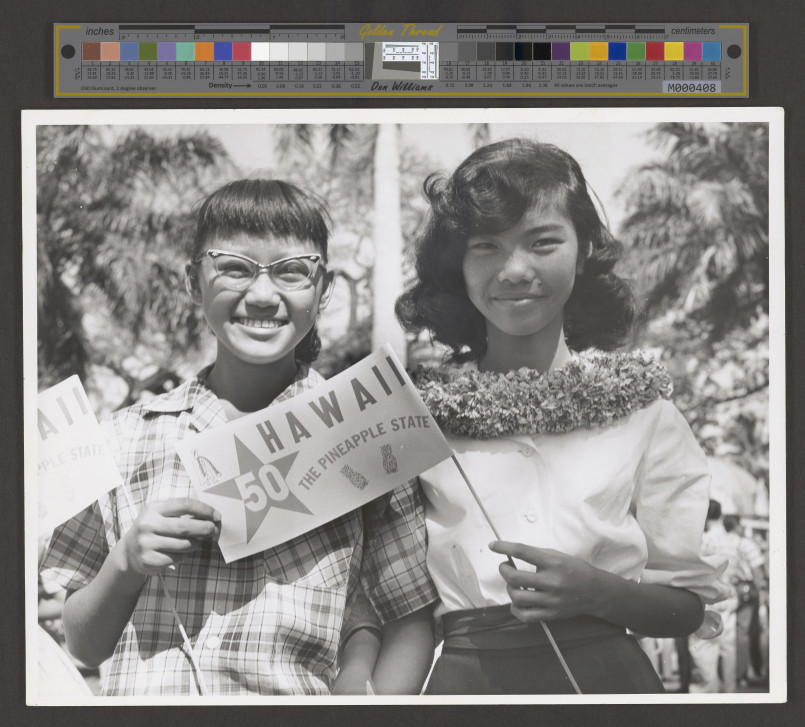
The Royal Legacy in Modern Hawaii
Despite more than a century under American governance, Hawaii's royal heritage remains vividly present in modern Hawaiian society. Physical reminders include:
- Iolani Palace: Meticulously restored and open to the public
- The King Kamehameha Statue: An iconic landmark in Honolulu
- Royal mausoleums and burial sites honored as sacred spaces
- Historic royal residences preserved as museums
Cultural legacies persist through:
- Annual celebrations like King Kamehameha Day (June 11)
- The perpetuation of traditional royal protocols in ceremonies
- The continued use of royal symbols on state emblems and seals
- Royal orders and societies that continue to operate
Even Hawaii's state flag reflects this dual heritage, incorporating both the Union Jack (reflecting the kingdom's close relationship with Great Britain) and American-style stripes. The state motto, "Ua Mau ke Ea o ka ʻĀina i ka Pono" ("The life of the land is perpetuated in righteousness"), comes directly from a speech by King Kamehameha III.
The Hawaiian Sovereignty Movement
The overthrow of the kingdom continues to influence contemporary Hawaiian politics through the Hawaiian sovereignty movement. This diverse collection of organizations and individuals advocates for various forms of self-determination for Native Hawaiians.
Some key developments include:
- The 1993 Apology Resolution, in which the U.S. Congress formally apologized for the U.S. role in the overthrow
- Ongoing discussions about federal recognition similar to Native American tribes
- Cultural revitalization efforts including the renaissance of the Hawaiian language
- Legal challenges regarding land rights and historical claims
While opinions vary widely among Hawaiians about what form sovereignty should take-from complete independence to enhanced self-governance within the U.S. system-the memory of Hawaii's status as an independent kingdom provides a powerful historical foundation for these discussions.
As the only U.S. state with a history as a globally recognized sovereign kingdom, Hawaii's journey from monarchy to statehood represents a unique chapter in American history. This royal heritage continues to influence Hawaii's distinct cultural identity, political discourse, and relationship with the United States, making it truly exceptional among America's fifty states.
Frequently Asked Questions About Hawaii: The Only U.S. State That Was Once an Independent Kingdom
When did Hawaii become a U.S. state?
Hawaii became the 50th U.S. state on August 21, 1959, following a territorial referendum where residents voted overwhelmingly in favor of statehood. This came nearly 66 years after the overthrow of the Hawaiian monarchy and about 61 years after annexation by the United States.
Who was the last monarch of Hawaii?
Queen Lili'uokalani was the last monarch of Hawaii. She ascended to the throne in 1891 following the death of her brother King Kalākaua and ruled until the overthrow of the Hawaiian Kingdom in January 1893. She was also a prolific composer, creating the famous song 'Aloha 'Oe' among many others.
Is Iolani Palace still standing?
Yes, Iolani Palace is still standing and is open to the public as a museum in downtown Honolulu. Built in 1882 during King Kalākaua's reign, it's the only royal palace on U.S. soil. The palace was meticulously restored in the 1970s and houses original royal artifacts, furniture, and decorations from the monarchy period.
Did the United States apologize for the overthrow of the Hawaiian Kingdom?
Yes, in 1993, the United States Congress passed Public Law 103-150, commonly known as the 'Apology Resolution,' which acknowledged and apologized for the U.S. role in the overthrow of the Hawaiian Kingdom in 1893. The resolution was signed by President Bill Clinton on the 100th anniversary of the overthrow.
How did King Kamehameha unite the Hawaiian Islands?
King Kamehameha I (the Great) united the Hawaiian Islands through a combination of military conquest, strategic alliances, and diplomacy between 1795 and 1810. He first conquered Maui, Lana'i, and Moloka'i, then defeated his main rival on O'ahu. Kaua'i and Ni'ihau eventually agreed to join his kingdom peacefully. He used Western military technology, including cannons and muskets, alongside traditional Hawaiian warfare tactics.
What aspects of Hawaiian royal culture can visitors experience today?
Visitors can experience Hawaii's royal heritage through tours of Iolani Palace and other royal residences, attending annual celebrations like King Kamehameha Day (June 11) and Queen Lili'uokalani's birthday celebrations (September 2), visiting royal burial sites, viewing royal regalia in museums, and watching traditional royal protocol performances at cultural centers. Many hotels also offer educational programs about Hawaii's monarchy.
